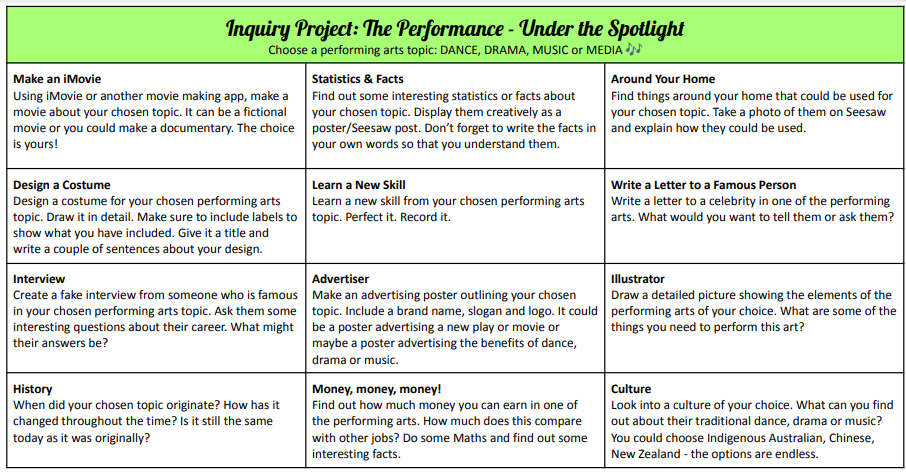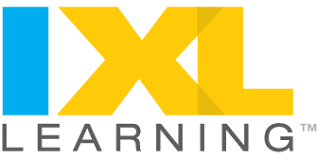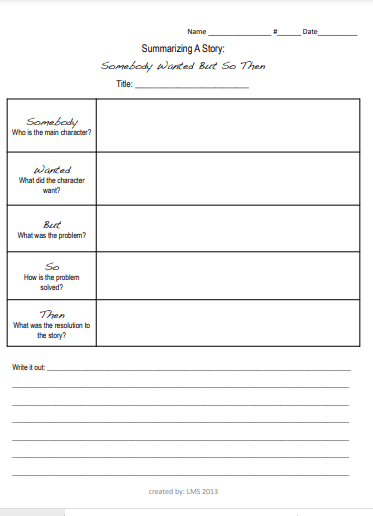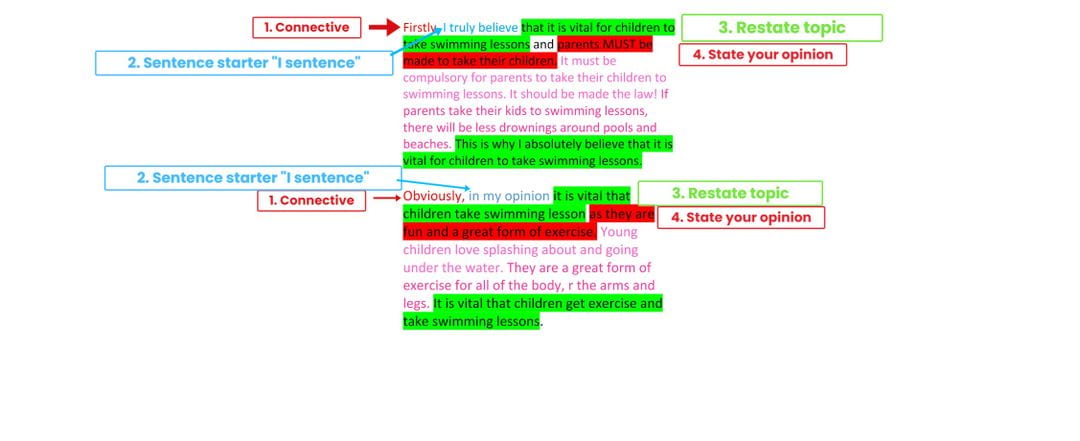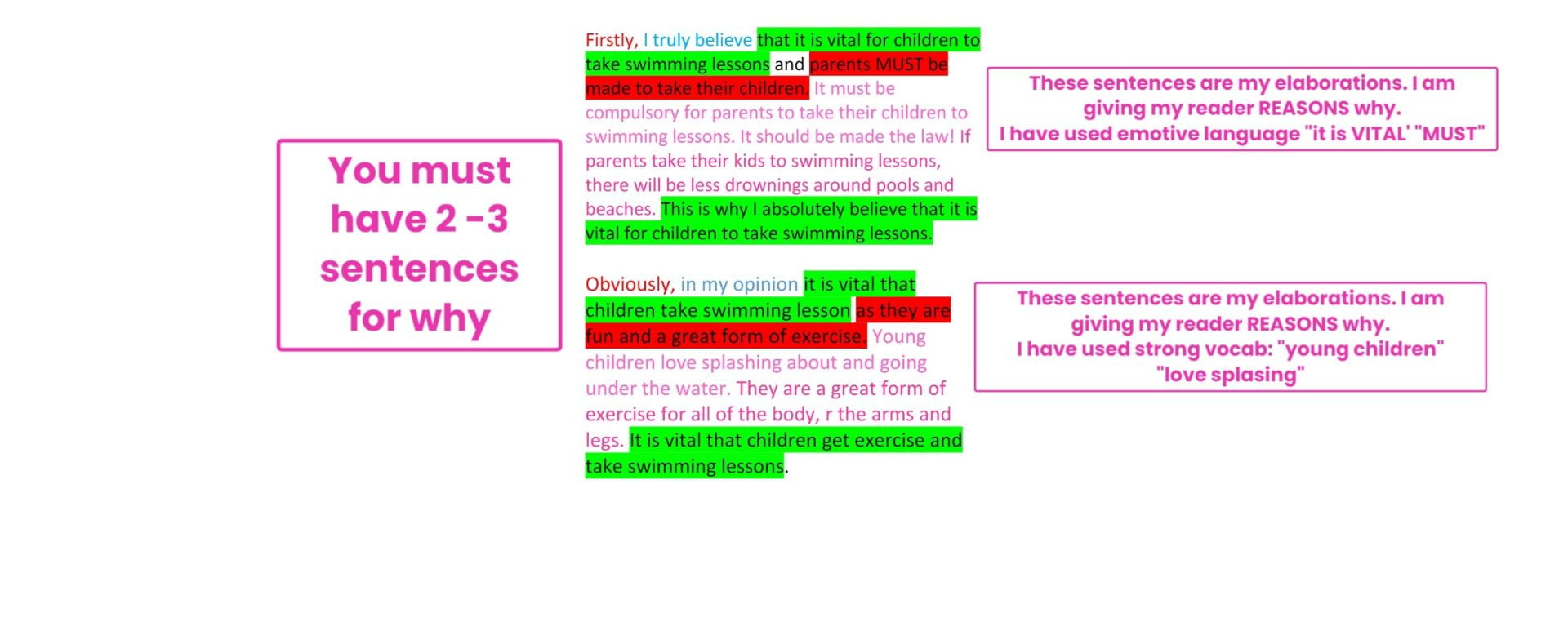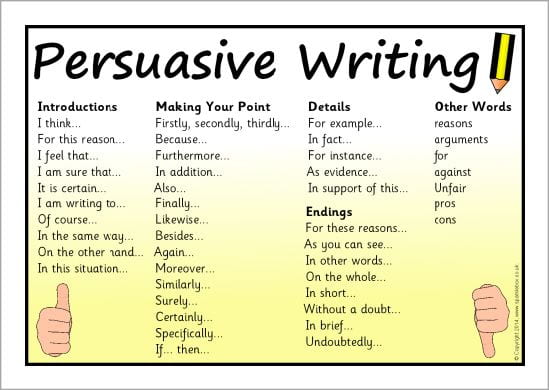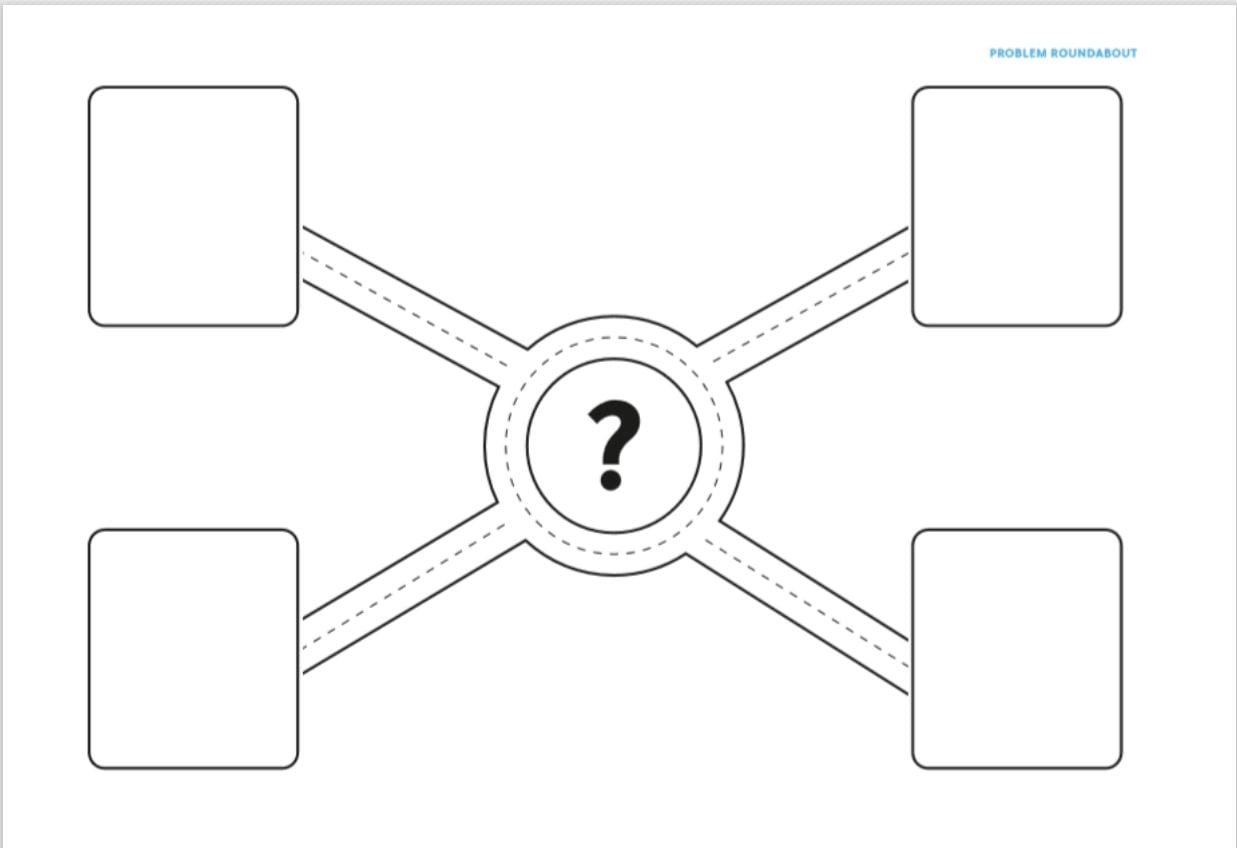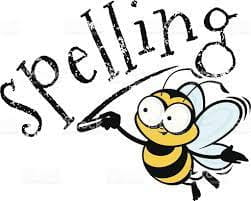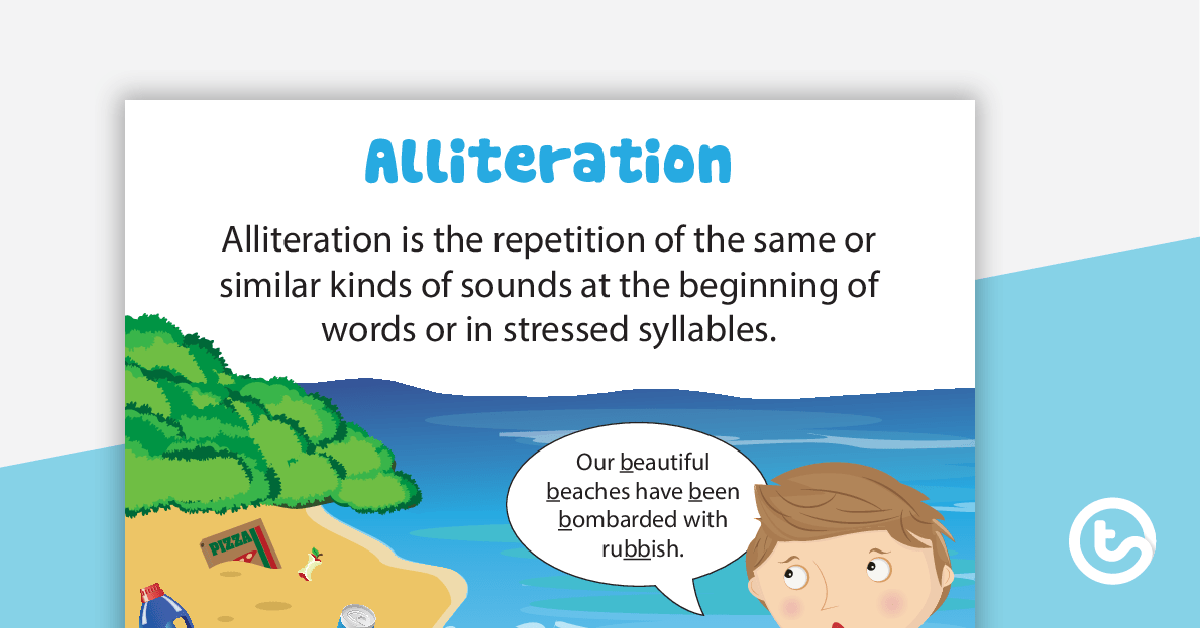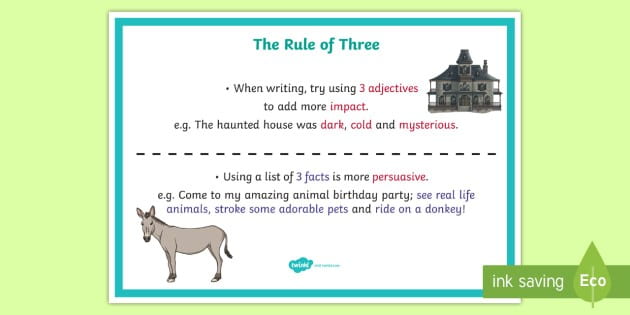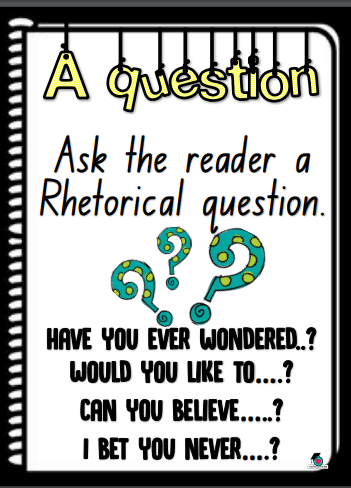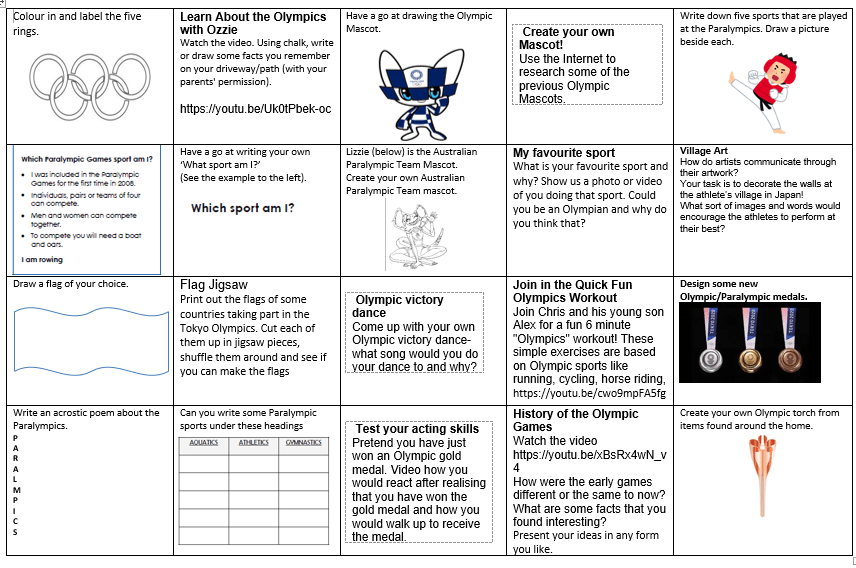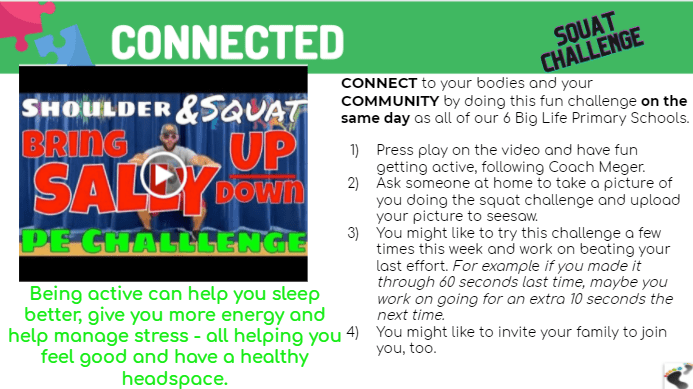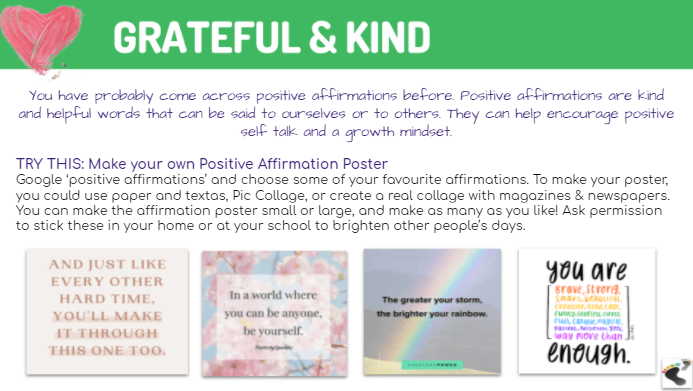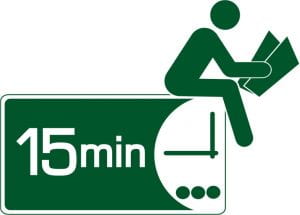



Learning Intention = We are learning to infer big ideas or themes of popular picture story books and discuss how these relate to people’s lives today.
Success Criteria = I can infer the big ideas or themes of a picture story book (some with mature themes and issues) and discuss how these are applicable to people’s lives today
Today we are going to have a second attempt at inferring the MAIN IDEA of popular picture story books. We are also going to be inferring the THEME of picture story books.
We are going to identify the THEME and MAIN IDEA using our Prior Knowledge and Clues from the text, as we can’t check to find out if our answers are correct.
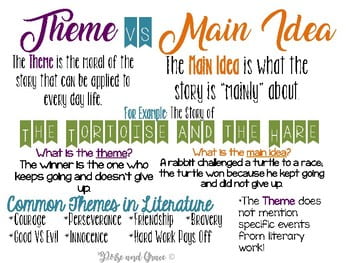

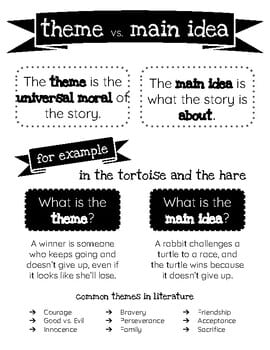

Activity: Making Inferences about THEME & MAIN IDEA – part 2
#1 – Look at the example provided on Possum Magic to understand what teachers expect today.
Inferring the Theme and Main Idea from Picture Story Books – Student Example
#2 – Pick one of the videos below and watch it carefully. Please do not pick a book off your bookshelf at home (unless you have a hard-copy of an example below). Please pick a different book to Thursday!
#3 – Make some Inferences about the THEME and MAIN IDEA on the worksheet provided. You can print this proforma using the link below or complete it in your homework book. The choice is up to you.
Inferring the Theme and Main Idea from Picture Story Books
#4 – Send the completed task to your teacher.
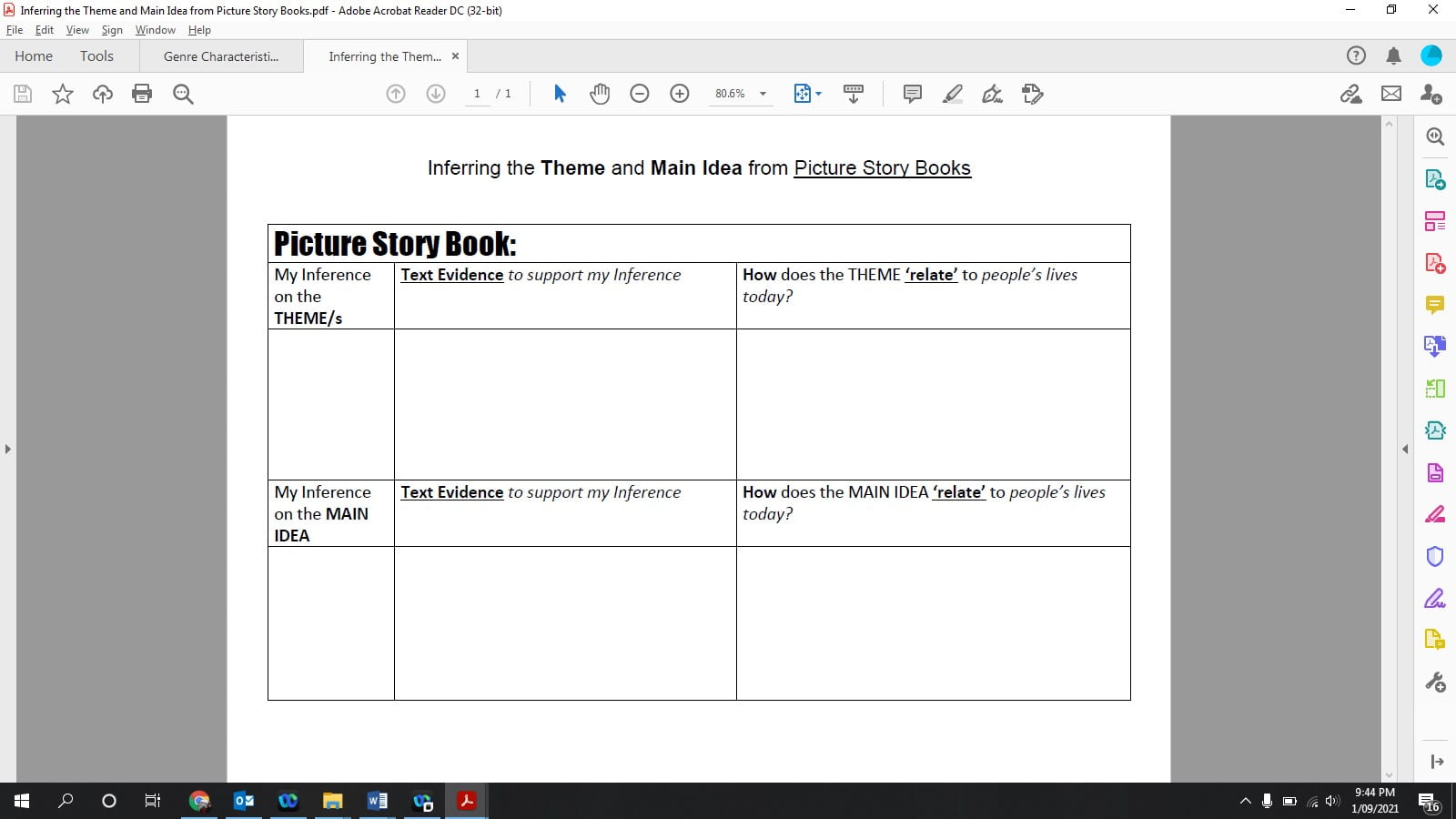
You only need to focus on one video below, but you might need to watch it multiple times.
Feel free to watch all the videos before making your decision.
Edward the Emu
Wombat Stew
The Dot
The Bad Seed
Fearless


Free Choice Spelling Activity, Choose a free choice activity from your homework grid or the grid below. Make sure you practice as a dictation is coming up next week.
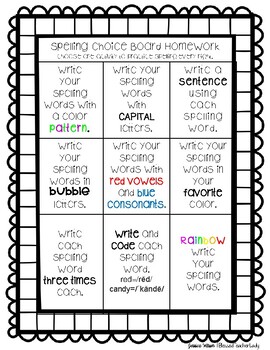
Learning intention:
We are learning to write about the picture
We can:
- Use a picture prompt to enjoy our writing
- Begin all writing with a sizzling start.
- Complete at least a page of writing
Today’s Activity: Visit the site Pobble 365 and find today’s picture prompt (it may ask for you to sign up, you can just skip this.)
Today you will be writing about the picture “Honey I shrunk the kids”.

Story starter!
Dad’s home science experiment had gone horribly wrong! He had zapped the kids in the garden with his new ELECTROZORBTASTICLASERJETBRAIN-GUN, which was supposed to make his three children the smartest children in the entire world. Instead, the zap had back-fired, making Dad even more brainy, but the children…Extremely tiny!
Stood in the middle of the garden path, they suddenly found themselves running as fast as they could away from a rolling pebble (which was actually tiny, but now seemed as big as a house).
Can you continue the story?
Sentence challenge!
When you finish your writing can you make a tally chart showing how many times you have used the following word classes: noun, adjective, verb, adverb.

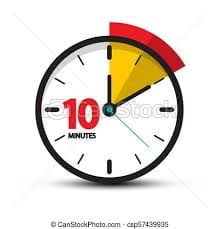

Practice your Counting Goal for 5-10 minutes first – to warm up the brain!
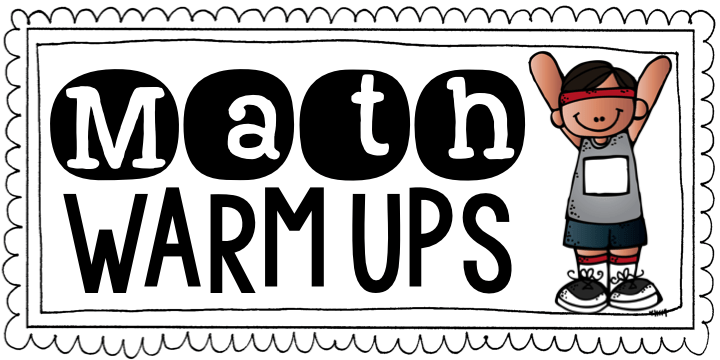
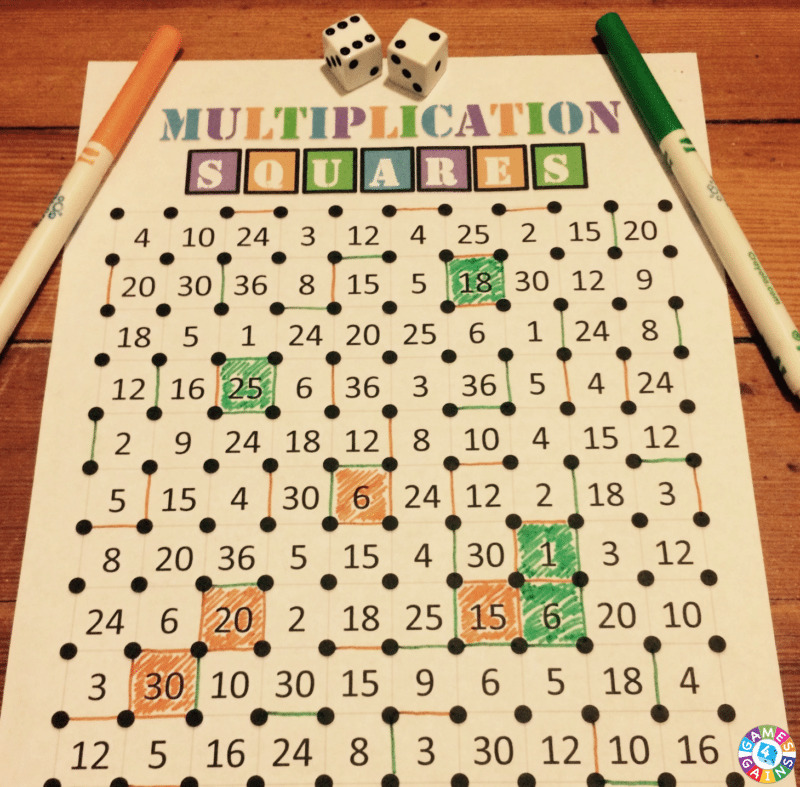
You will need a partner to play this game, or play on your own and see how many squares you can make each day. All you need for this game is two dice, the downloadable game board (If you can’t print, use the game board posted on Seesaw or draw the grid in your Homework book), and two pens of different colors. One player rolls both dice, multiplies the two numbers together, then looks for the product on the board. The student then draws a line to connect any two dots that form part of the square around that product. The game continues until the board is filled with squares. Click here for a computerised dice roll if you haven’t got a dice at home.
IXL VOLUME PROBLEMS
Learning Intention:
We are learning to compare and convert metric units of volume.
Success Criteria:
- I can compare metric units of volume
- I can convert metric units of volume.
Please complete the following tasks on IXL. (* There is no need to send a picture of this task on seesaw, your classroom teacher can see how many questions you have answered and how long you have spent completing the tasks on IXL!)
IXL Assigned Tasks:
- Grade 4 – J.7
- Grade 5 – T.4
- Grade 6 – Q.9
Brainteaser Puzzle: Have a go at trying to figure out the answer of the question mark. what number the question mark equals. Use the other questions to work out the value of each picture.

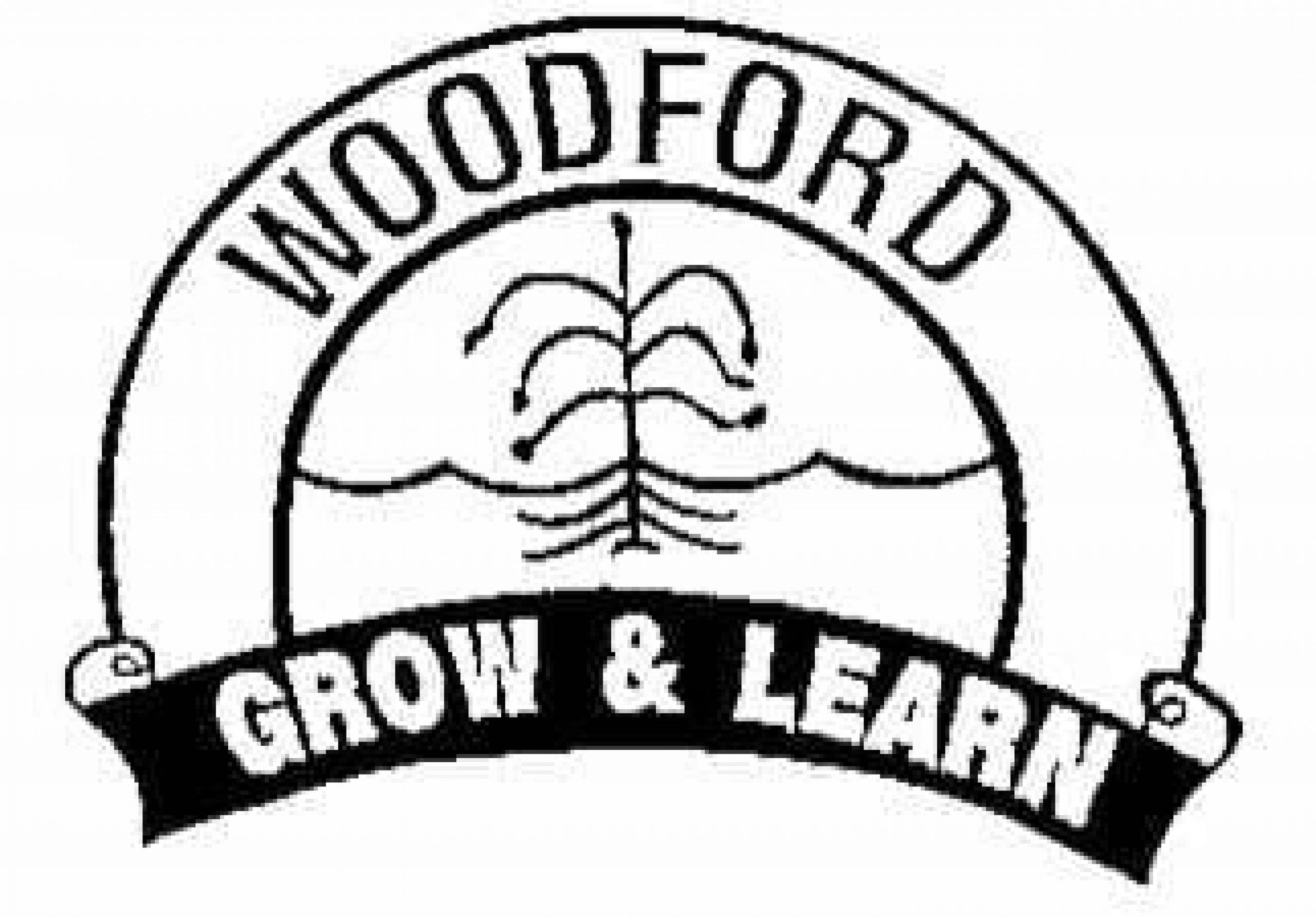

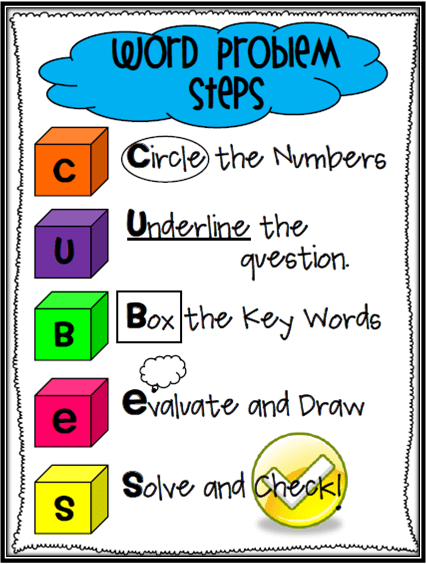
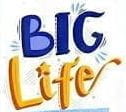
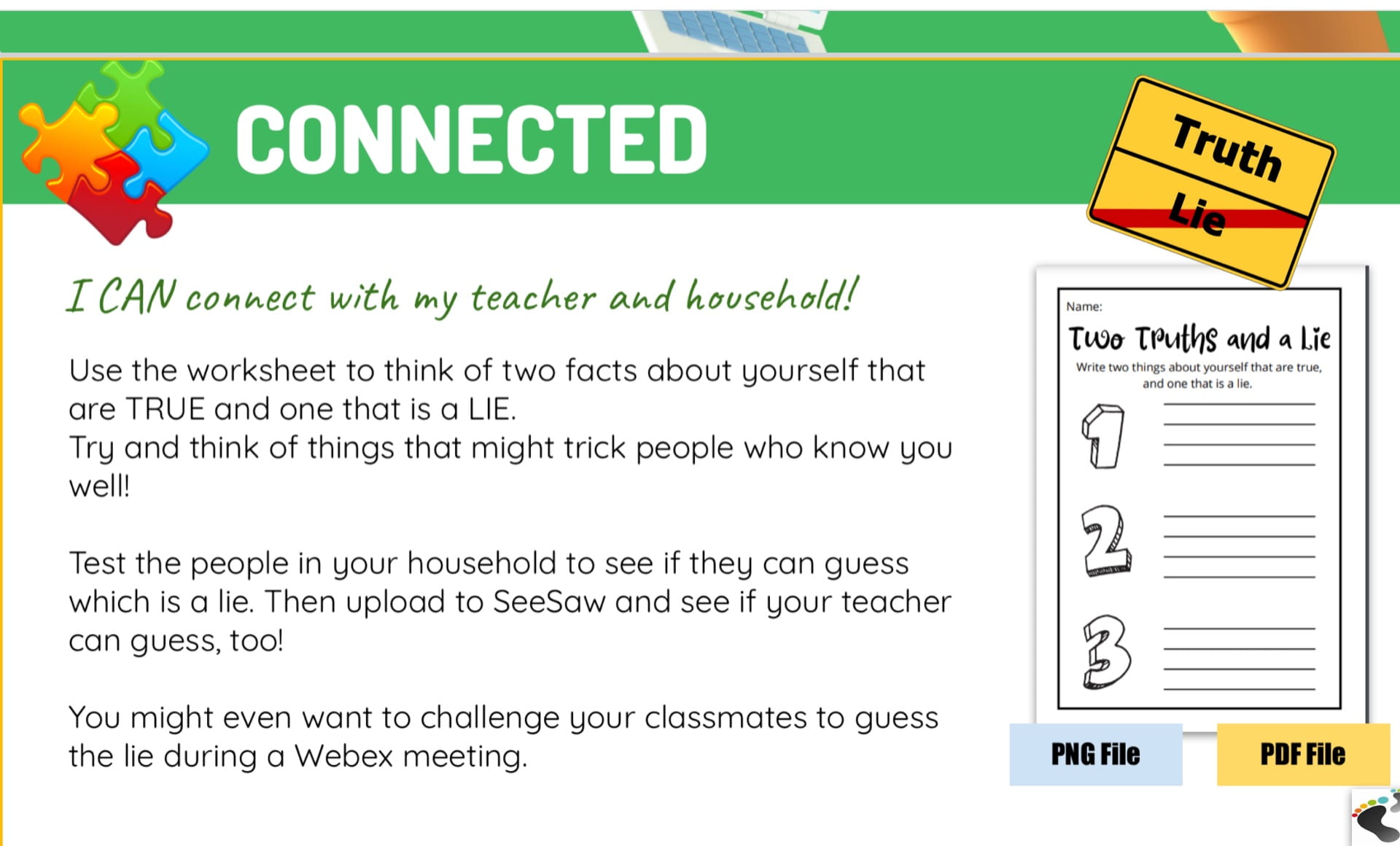


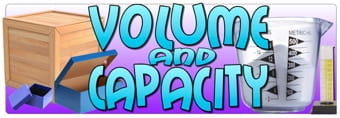

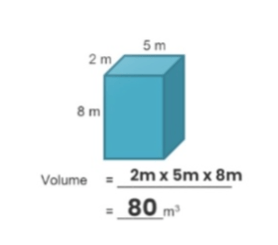





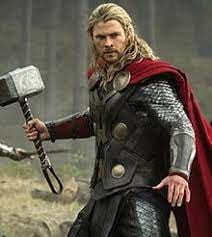
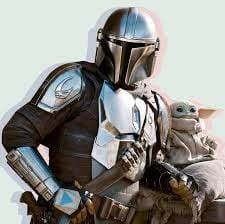
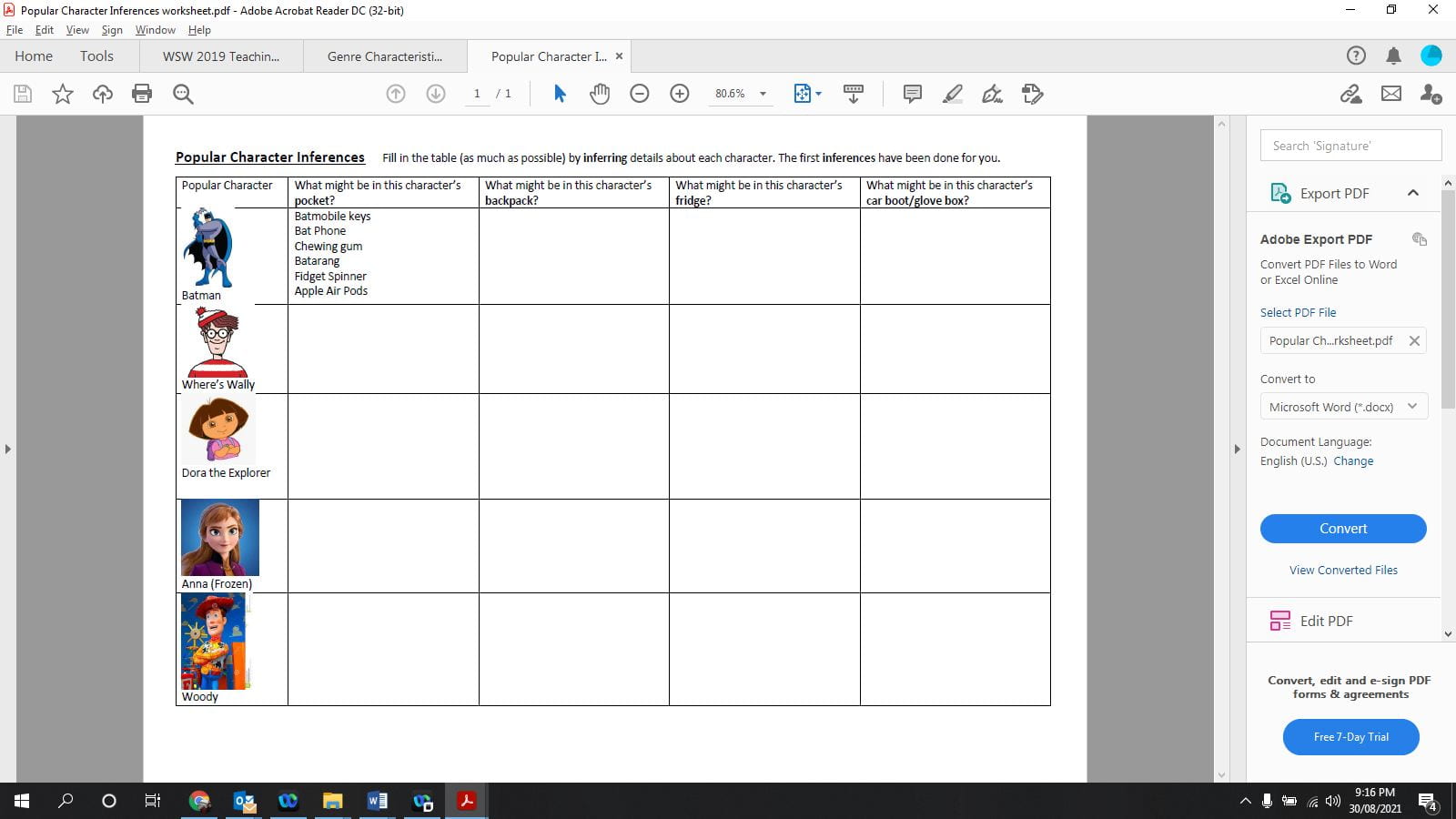
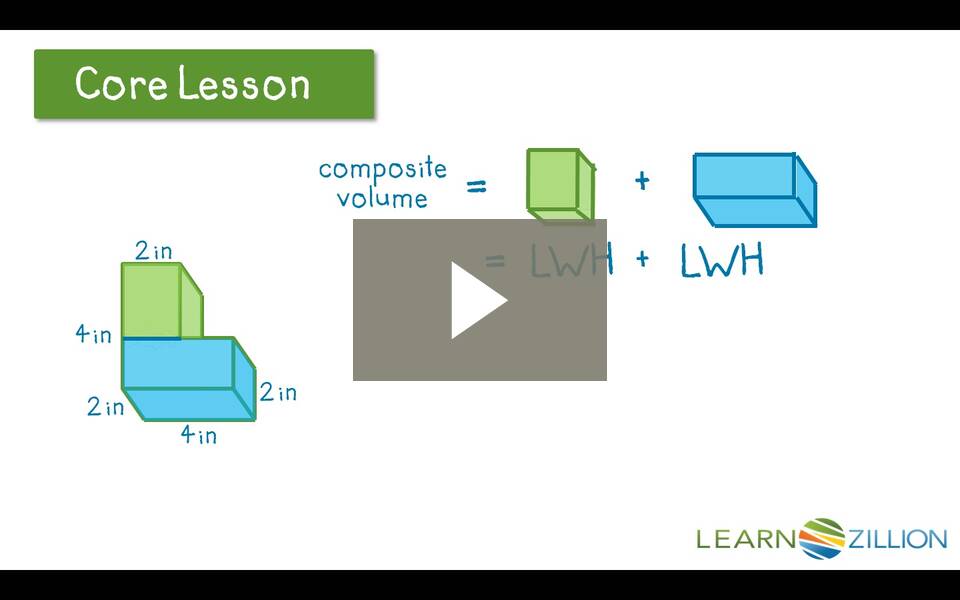



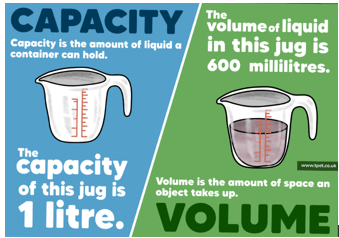
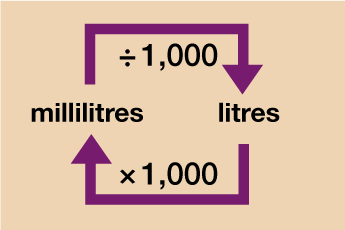

 There are 1,000mL in 1L, so when converting mililitres to litres you need to divide by 1000.
There are 1,000mL in 1L, so when converting mililitres to litres you need to divide by 1000.

